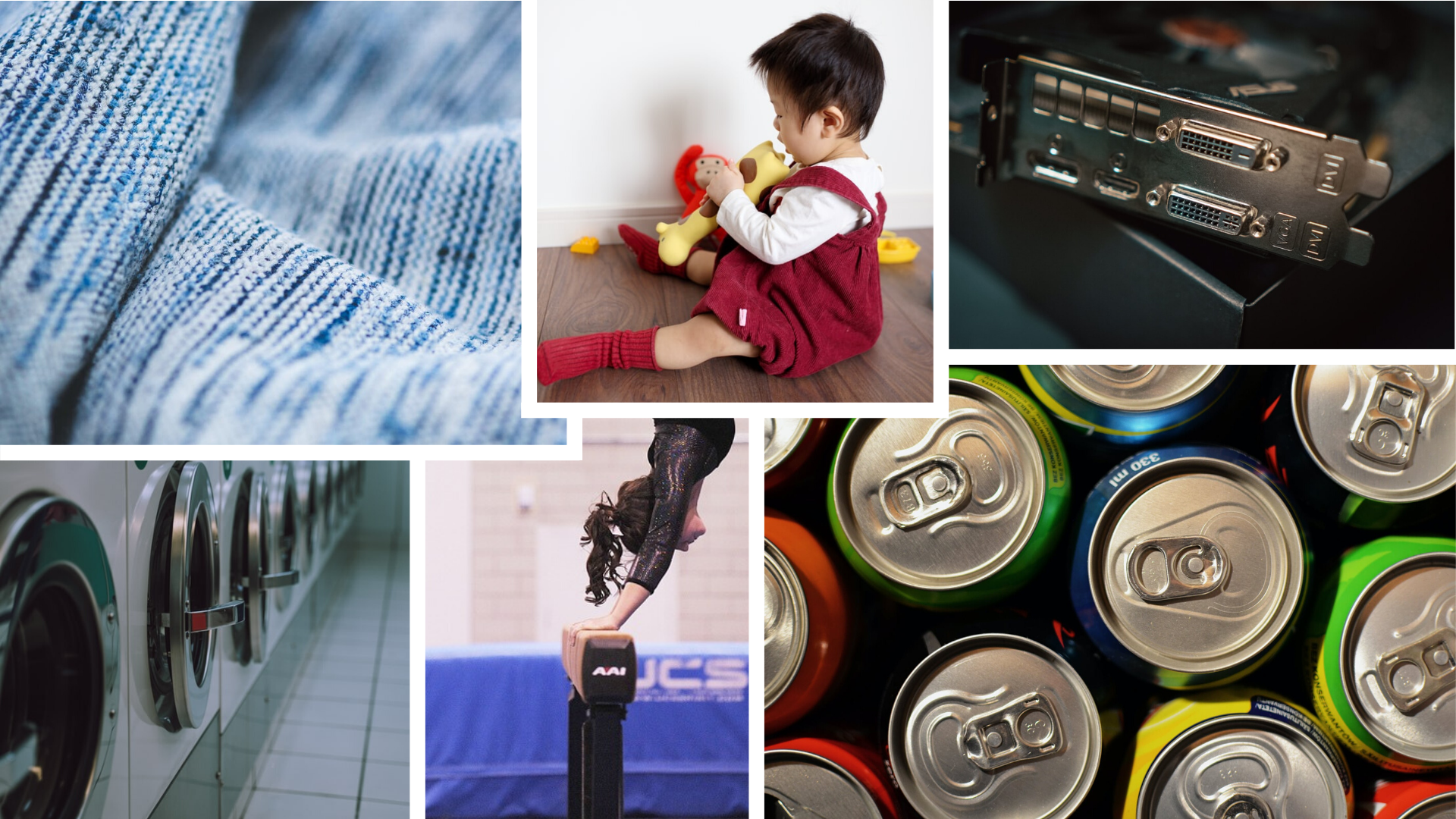
Ecology’s 50th birthday is a time to reflect on where we’ve been, how far we’ve come, and what we have left to do when it comes to dealing with toxic chemicals.
Washingtonians have always loved this beautiful state and want to see it protected. In 1970, rather than wait for Congress to act, state residents helped create our agency, the first in the nation dedicated to environmental protection, pre-dating even the federal Environmental Protection Agency (EPA).
Protecting people one law at a time
Washington has always been a leader in protecting the public from toxics:
- 1988: Voters approve a tax on hazardous substances to pay for toxic cleanups and prevent future releases.
- 2008: Legislature passes the Children’s Safe Products Act, a groundbreaking law aimed at eliminating toxic chemicals from children’s products.
- 2019: Safer Products for Washington launches, a law that provides a way to evaluate and address the most problematic chemicals in consumer products.
Fifty years ago, dumping chemicals down the drain was a legal business practice, and we were just starting a statewide approach to clean up toxic sites and prevent future cleanups. Since then, we’ve identified more than 12,000 polluted sites in Washington. Many require costly and lengthy cleanup work to return them to safe and productive sites. We also inspect hundreds of businesses each year, ensuring that millions of pounds of hazardous waste are safely managed.
While we’ve come a long way in our work, what we’ve learned is there is yet another threat that is just as dangerous as any toxic pollution from smoke stacks, sewer discharge pipes, and leaking 55-gallon drums. It’s the small but steady releases of toxic chemicals embedded in millions of everyday consumer products.
Chemicals in your everyday products (plus everyone else’s) adds up

Right now, Tacoma’s Commencement Bay cleanup threatens to be recontaminated. The threat of recontamination is not from an industrial facility skirting the laws, or even industrial facilities at large. It’s from chemicals known as phthalates that are widely used in everything from cosmetics to your car’s dashboard.
As opposed to one facility releasing gallons of chemicals into the water, this time it’s all of us contributing small chemical streams into the environment. The result is the same, but the approach to fix this problem has to be different.
Safer Products for Washington (and you)
We’re working with businesses, industries, environmental groups, universities, and other state agencies to identify safer chemicals to use in products that cause less harm. To accomplish this, we are implementing a new law (Safer Products for Washington) to reduce or restrict certain chemicals in consumer products. At the same time, we are actively working with specific industries to help them replace or dispose of commonly used toxic products.
Our new Product Replacement Program provides financial incentives to businesses to replace or dispose of products and technologies containing our most problematic chemicals. So far, we’ve worked with fire departments, dry cleaners, automotive industries, and athletic facilities to help them remove or replace products that contain toxic chemicals.
Firefighting foam
Working with local fire departments, we’ve collected tens of thousands of gallons of firefighting foam and properly disposed of it. This foam contains PFAS (per- and poly-fluorinated alkyl substances), a highly persistent chemical that has been found in drinking water wells above the EPA’s health advisory level.
Perchloroethylene (PERC) dry cleaning equipment
We’ve helped more than 60 dry cleaning businesses across Washington replace PERC dry cleaning equipment with less hazardous options. PERC is a toxic chemical known to cause cancer.
Flame retardants in gym equipment
We are reaching out to gymnasiums and recreational athletic facilities to assist in replacing foam mats and blocks that contain hazardous flame retardants, chemicals known to cause cancer and other biological maladies.
Mercury switches in older cars
We’ve removed nearly 300,000 mercury switches from scrap vehicles, keeping approximately 641 pounds of mercury out of the environment. Mercury affects the brain, nervous system, and has been linked to cancer.
Copper brake pads
We implemented the Better Brakes Law in 2010 to phase out copper in automotive brake pads. When you step on the brakes, copper dust from the pads gets on the roadway, washes into stormwater, streams, rivers, and eventually Puget Sound. Copper is toxic to salmon, interfering with their ability to avoid predators. Copper levels in brakes have already dropped by over half, preventing the release of 375,000 pounds of copper into Washington’s waters.
We’ve made remarkable progress on cleaning up and safely managing industrial wastes over the last five decades. Now, we’re making progress on toxics on all fronts with a balanced approach to prevention, management, and cleanup. We’re visualizing what might be possible by combining science, regulation, and innovation.
Washington is a place worth fighting for, and more than ever that includes protecting the air, water, and soil from toxics in consumer products. Our children deserve a cleaner, safer future, and we are honored to lead the charge.
Throughout 2020, we’re marking our agency’s 50th anniversary with stories on how Washington state’s commitment to environmental protection has developed, and the results that commitment has achieved.

